| বাংলায় পড়ুন | Researchers and Reporters: Tanjil Fuad Isfaqul Kabir |
Bigbazaar is a remarkable retail marketing journey
Big Bazaar was very prominent in the Indian retail industry a few years ago. Working with India’s middle-class market was Kishore Biyani’s aim when he created “Future Group.” Mr. Kishore dealt in cotton and fabric before the establishment of Bigbazaar in 2001. He gains insight from this experience that there is a chance to introduce an excellent shopping experience to the Indian market. His goal in this situation was to serve the peculiar middle class.
Growth of the Future Group of Kishore Biyani
Kishore Biyani was a very vivacious and progressive businessman. He founded some retail establishments under the Future Group a canopy, including Pantaloons, Big Bazaar, and Central. He could discern consumers’ thoughts and was skilled at drawing in middle-class clients. The marketing approach of Future Group was very distinct. The primary premise of the Kishore Biyani company is to offer goods on a huge scale, at reasonable costs, and within the reach of the average person. Establish strong bonds with clients by planning significant sales occasions (such as “Super Saver Weekend” or “Big Day Sale”).
An intriguing encounter for the Big Bazaar middle class and rising
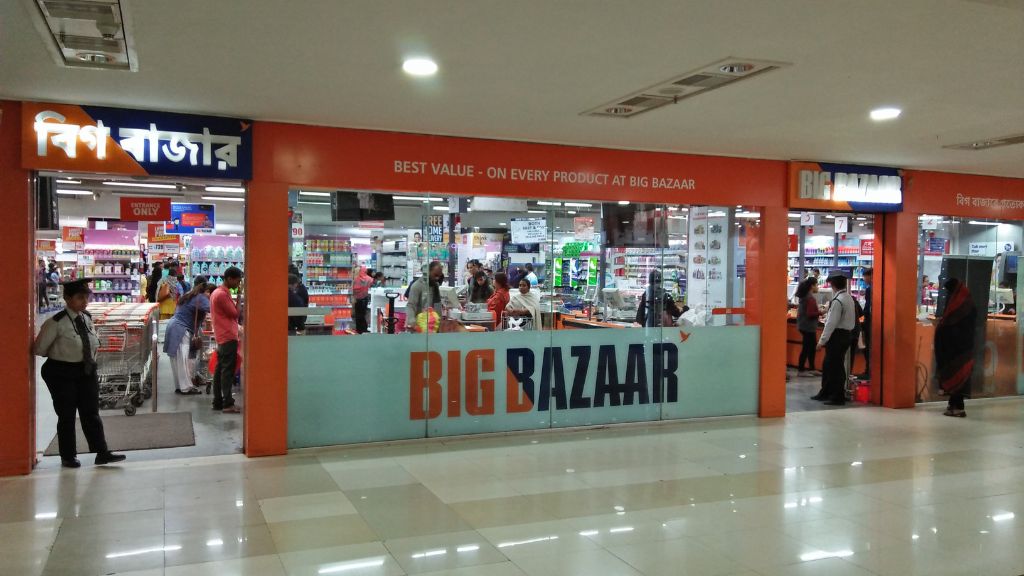
The rise of Big Bazaar and a unique shopping experience for middle-class families. | Photo collected.
Indians are introduced to a distinct kind of market concept by Big Bazaar. The idea of a normal retail mall is made accessible to the very middle class. The city’s busier areas are home to larger stores where customers not only purchase necessities but also view them as a place to spend quality time with their families. A wide range of goods are available at Big Bazaar stores, including electronics, apparel, groceries, and household goods. Kishore built it concerning the Indian market, but it was also far larger than the general market. Bringing in the middle class and giving them a pleasurable shopping experience was its primary goal. This is the reason why lines of people waiting outside malls have become a regular occurrence.
growth of additional clubs and organizations
The Future Group has developed many businesses that provide clients with a range of goods and services. As an example:
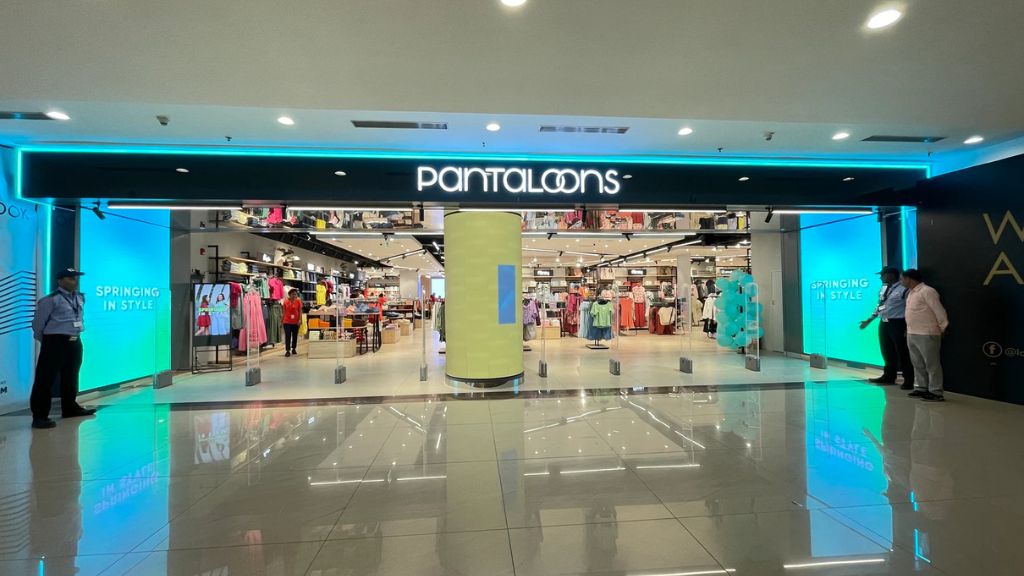
A glimpse into the expansion and success of Big Bazaar and other ventures of Future Group. | Photo collected.
An Indian clothing company, Pantaloons, was among the first to open in large malls. The upmarket mall “Central” has a variety of premium businesses that sell everything from apparel to jewelry and fragrances. “Home Town” is a niche store selling furniture and home goods. “Food Bazaar” is a food store under Big Bazaar that offers reasonably priced everyday necessities.
The 2008 economic downturn also marked the beginning of Big Bazaar’s collapse
The Indian economy was similarly impacted when the global financial crisis began 2008. Future Group is likewise severely impacted. In other words, Future Group’s borrowings skyrocketed, severely straining the company. Approximately 1200 billion taka were due by Big Bazaar. However, Mr. Kishore’s actions were turning out to be incorrect one after the other. Essentially, as a result of the purchasers’ diminished purchasing power due to their financial constraints, Big Bazaar’s sales volume likewise declined. Also, Big Bazaar faced more competition once online shopping platforms entered the market after 2010. Customers could get quick and simple service from platforms like Amazon and Flipkart. Big Bazaar’s consumer base continues to decline as a result. because Big Bazaar was unable to dominate the large online markets at the time, such as Amazon and Flipkart. However, Big Bazaar intended to provide its clients with things that would pique people’s interest and were essentially futuristic.
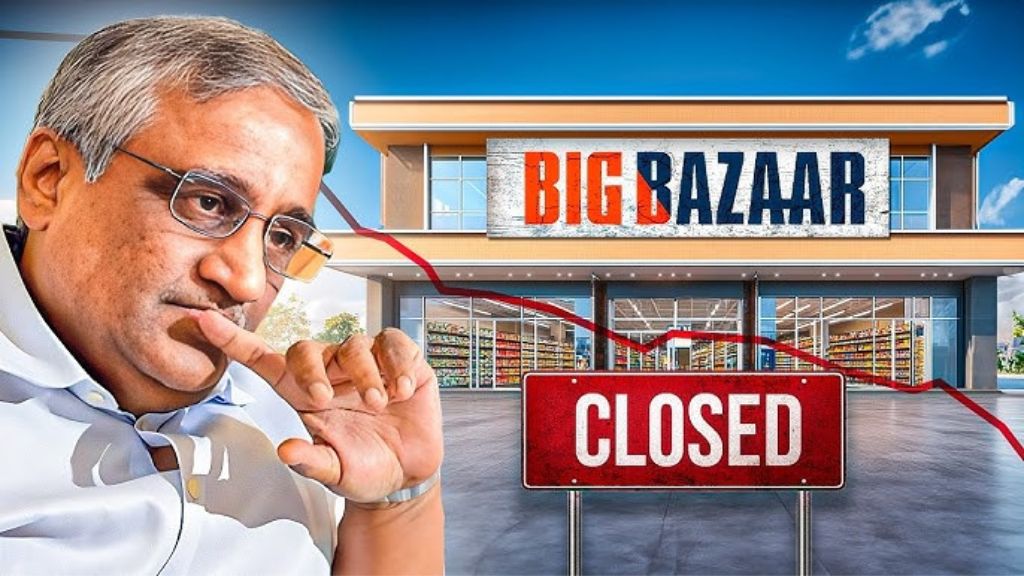
The impact of the 2008 economic downturn and the beginning of Big Bazaar’s decline. | Photo collected.
How the Big Bazaar ended
Big Bazaar’s rise and fall serve as both an organization’s narrative and a lesson in how to adjust to shifting market conditions. An organization’s inability to adapt to contemporary technologies, shifting consumer demands, and competition is demonstrated by Bigbazaar’s demise. A key lesson from Big Bazaar’s journey in the Indian retail sector is that, regardless of how big an organization wants to be, it must change with the times or risk being forgotten.

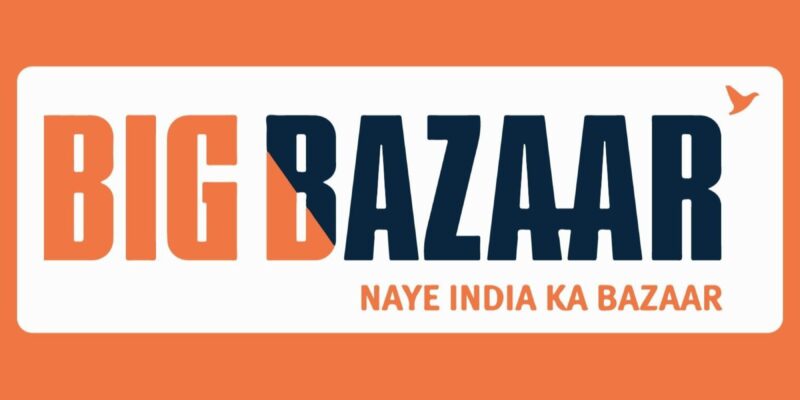








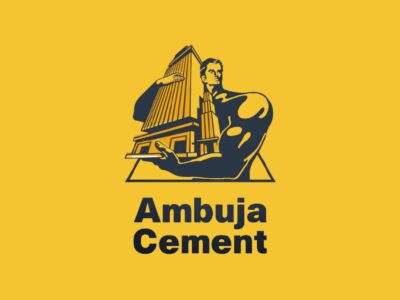

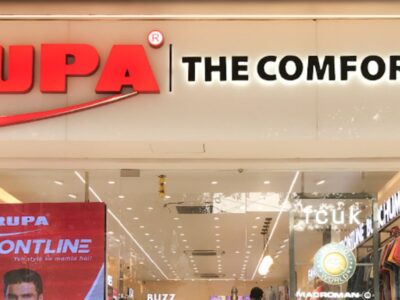
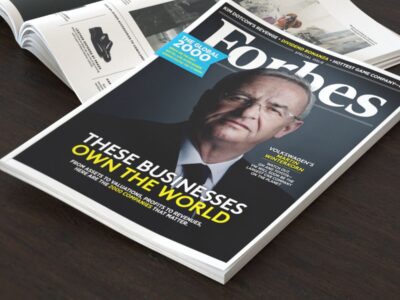

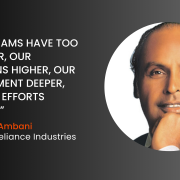
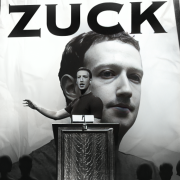




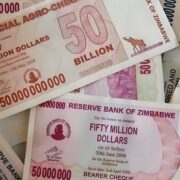


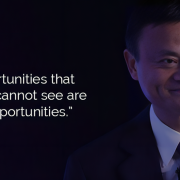




Comments